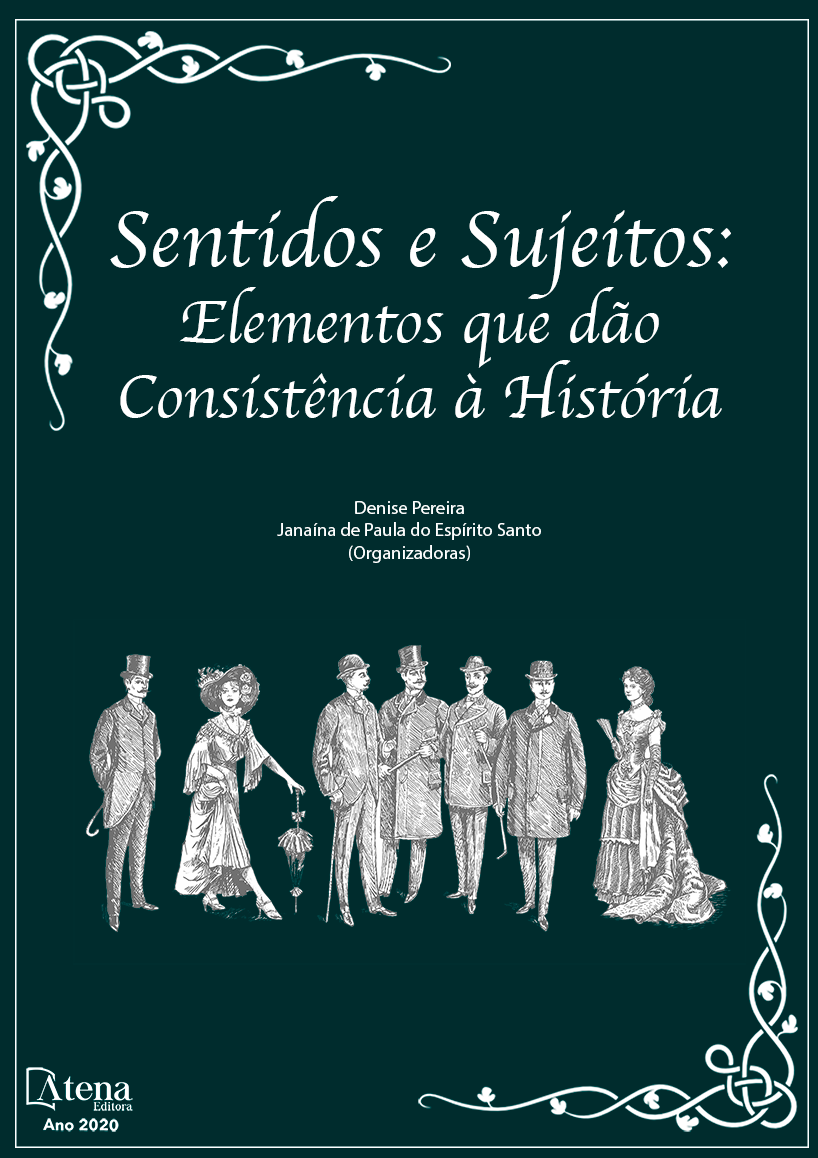
FONTES ORAIS E SISTEMAS DE INFORMAÇÃO GEOGRÁFICA NA PESQUISA COM BENZEDEIRAS E CURANDEIRAS EM CHAPECÓ/SC
As fontes de natureza documental sempre ocuparam lugar de destaque na historiografia tradicional, entretanto, com o surgimento de novas tecnologias como o gravador e o GPS surge a possibilidade de se interpretar a história de outros pontos de vista. Analisamos as possibilidades existentes, decorrentes da utilização dos Sistemas de Informação Geográfica e da utilização das fontes orais em pesquisas da área da História, investigando sua utilização na pesquisa com benzedeiras e curandeiras dentro da História Ambiental e Cultural no município de Chapecó/SC. A metodologia da oralidade possibilitou o diálogo com grupos historicamente “marginalizados” na compreensão de suas formas de cuidar do corpo ao mesmo tempo que os Sistemas de Informação Geográficos nos possibilitaram mapear e compreender a transformação espaço-temporal que segrega esta forma de cuidar do corpo à bairros periféricos.
FONTES ORAIS E SISTEMAS DE INFORMAÇÃO GEOGRÁFICA NA PESQUISA COM BENZEDEIRAS E CURANDEIRAS EM CHAPECÓ/SC
-
DOI: 10.22533/at.ed.2312018086
-
Palavras-chave: Fontes Orais; Sistemas de Informação Geográfica; Benzedeiras; Curandeiras; Chapecó/ SC.
-
Keywords: Oral Sources; Geographic Information Systems; Folk Healers; Healers; Chapecó/SC.
-
Abstract:
Documentary sources have always occupied a prominent place in traditional historiography, however, with the emergence of new technologies such as the recorder and GPS, the possibility of interpreting history from other points of view arises. We analyzed the existing possibilities, resulting from the use of Geographic Information Systems and the use of oral sources in research in the area of History, investigating their use in research with healers and folk healers within the Environmental and Cultural History in the municipality of Chapecó / SC. The orality methodology made possible the dialogue with historically “marginalized” groups in the understanding of their ways of taking care of the body at the same time that the Geographic Information Systems enabled us to map and understand the spatio-temporal transformation that segregates this way of taking care of the body to the peripheral neighborhoods.
-
Número de páginas: 7
- Alex Junior Rapczynski


